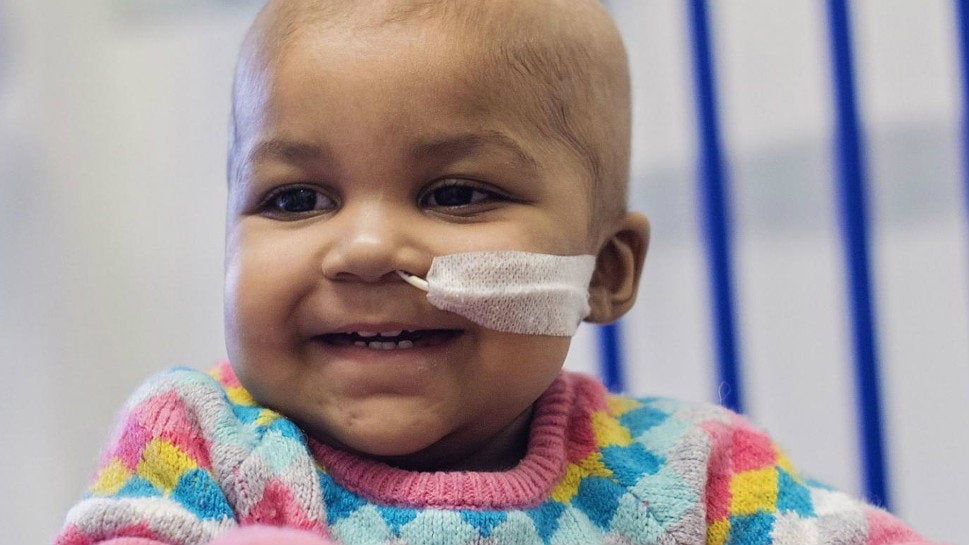Gene editing rescued a baby at death’s door by reversing her cancer
There was little hope for one-year-old Layla. She was dying from what doctors had believed to be an incurable leukemia. All previous treatments had failed. In a last-ditch effort, doctors used an experimental form of gene therapy on her. And, so far at least, it has worked.


There was little hope for one-year-old Layla. She was dying from what doctors had believed to be an incurable leukemia. All previous treatments had failed. In a last-ditch effort, doctors used an experimental form of gene therapy on her. And, so far at least, it has worked.
In what they describe as a world first, doctors at Great Ormond Street hospital in London used what they call “molecular scissors”—a biotechnology tool, called TALEN, that allowed them to edit genes in a donor’s immune cells, programming the cells to destroy drug-resistant leukemia. While it’s too soon to know whether Layla has been cured, doctors say she’s currently cancer-free and doing well.
“As this was the first time that the treatment had been used, we didn’t know if or when it would work and so we were over the moon when it did. Her leukaemia was so aggressive that such a response is almost a miracle,” professor Paul Veys, Layla’s lead clinician, said, in a hospital press release.
Layla was diagnosed with cancer when she was just 14 weeks old. She first underwent several rounds of chemotherapy and was then given a bone marrow transplant. Seven weeks later, the cancer had returned. It was then that the family was told about the option of using TALEN, an experimental treatment that was yet to be tested on humans. Though there was no guarantee it would work, they agreed to try it.
Layla was given a small infusion of the genetically engineered cells. She developed a rash a few weeks later, a sign the treatment was working. The cancer had cleared within two months. The procedure is detailed in the journal Blood.
Doctors hope to replicate the case with future human trials to treat leukemia and other cancers.